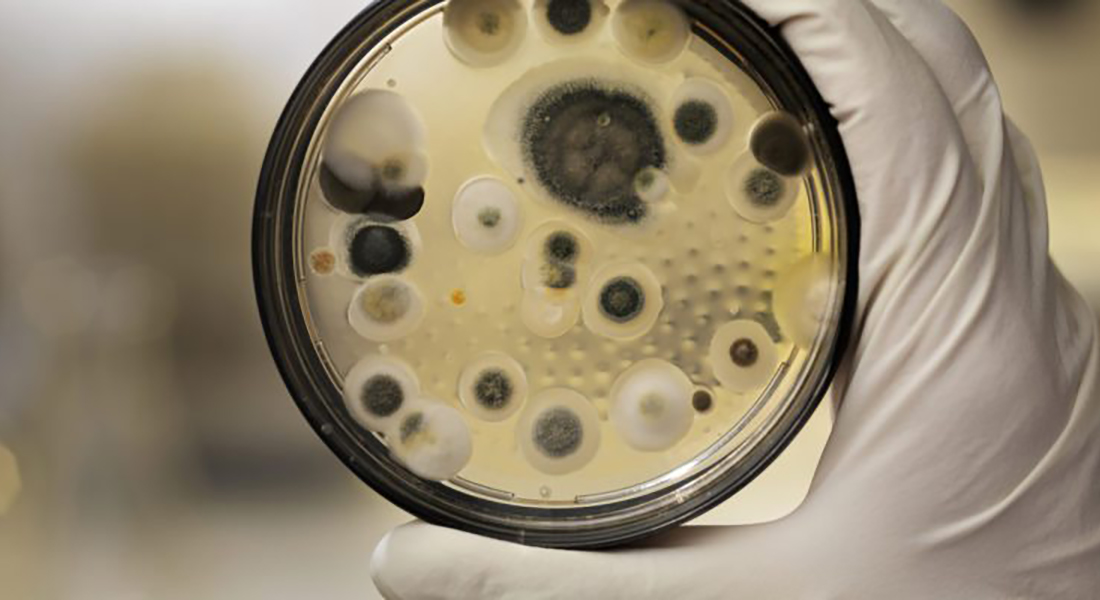
15 May 6 Questions About Mold Every Investor Needs to Ask BEFORE They Buy
Reading Time: 3 minutesYou’ve got a lot on your mind when buying a new property; banks, attorneys, and business partners are pulling you in several directions and demanding answers to all manner of questions. But ESA wants to make sure that YOU ask questions as well – about the property you’re planning to sink considerable resources into – and whether or not it’s been exposed to mold in the past or present. Here are the questions you need to ask:
1. What is the Property’s History?
Are you buying a home or building that has had a flooding event or storm damage? How do you know? A Seller’s Disclosure should note if water or mold issues have been present on the property. However, some property owners may be less forthcoming when it comes to disclosing unfavorable information about a property they’re trying to sell. For property buyers, if information about prior issues is unclear, or if musty/moldy odors are apparent, ESA recommends that the property be thoroughly inspected and a mold assessment conducted.
2. What’s in the Building Inspection Report?
A home or building inspection report should identify prior or active leaks, water-intrusion, or flooding. It is important that your inspector look for signs of historical moisture/water-intrusion problems, which could indicate a long-term, ongoing mold issue. Examples of past or persistent problems may include visible signs of staining, wood rot, or condensation in the building.
3. Where is Mold Likely to be Found?
Mold grows on organic substrates in the presence of water or moisture, especially when the water is present for an extended period of time. Mold is commonly found in bathrooms, attics, crawlspaces, and basements with inadequate ventilation. It can also be found near structural or plumbing leaks. Sometimes these leaks are hidden behind walls or above ceilings. You may also find mold growing outdoors on damp patio furniture or on the building’s siding. If mold is suspected inside or out, it is important that a certified mold consultant be retained to conduct a mold assessment to determine if a hazardous condition exists.
4. What is a Mold Assessment?
A proper mold assessment involves a proper visual examination and diagnostic testing that allows the mold consultant to determine if mold is present in the building. The first step is a visual inspection. Your consultant will examine readily accessible interior portions of the structure for evidence of mold. During the inspection, they will identify potential moisture pathways (e.g., gaps or cracks) and perform a moisture assessment of building materials to determine if any wet or damp building materials are present. Diagnostic measurements for temperature and relative humidity are recorded, and the HVAC system and air filters are inspected for excessive dust, especially near return vents and registers.
Following the interior inspection, your mold consultant will then examine the building’s exterior, looking for cracks or gaps that could potentially conduct water. The exterior foundation is also inspected for possible water pathways, and the grade of the landscape is checked to ensure that water flow is directed away from the building. Gutter downspouts are also inspected to be certain they extend an optimal distance from the foundation to prevent pooling near the foundation.
After a thorough inspection, surface samples of suspected visible mold are collected. Indoor air samples may also be collected, along with an outdoor reference air sample for comparison purposes. After your mold consultant reviews the laboratory results, you will receive a report of their findings.
5. What If Mold Is Found?
If a mold hazard is identified, a scope of work will be submitted by your mold consultant that outlines in detail the recommended steps to correct the issue.
Typically, if mold is present, the seller retains responsibility for mold remediation and testing costs. If your inspection results come back positive for hazardous mold, you should notify your attorney and request that they negotiate the mold remediation and final clearance testing as part of the seller’s concessions.
Under no circumstance should mold remediation be conducted by the same company providing the testing, as this creates a conflict of interest. ESA provides mold and IAQ testing services only and, if mold is determined to be present, we can recommend reputable mold remediation contractors.
6.What If I’m Not Sure?
Whether you’re a property owner, seller, or buyer, suspected or obvious mold intrusion must be addressed as quickly as possible to prevent serious health consequences, minimize further damage to the property, and ensure optimal value for your sale or purchase. ESA’s technical staff is highly qualified and will help you determine if a health hazard exists or if the property is free of hazardous mold.



